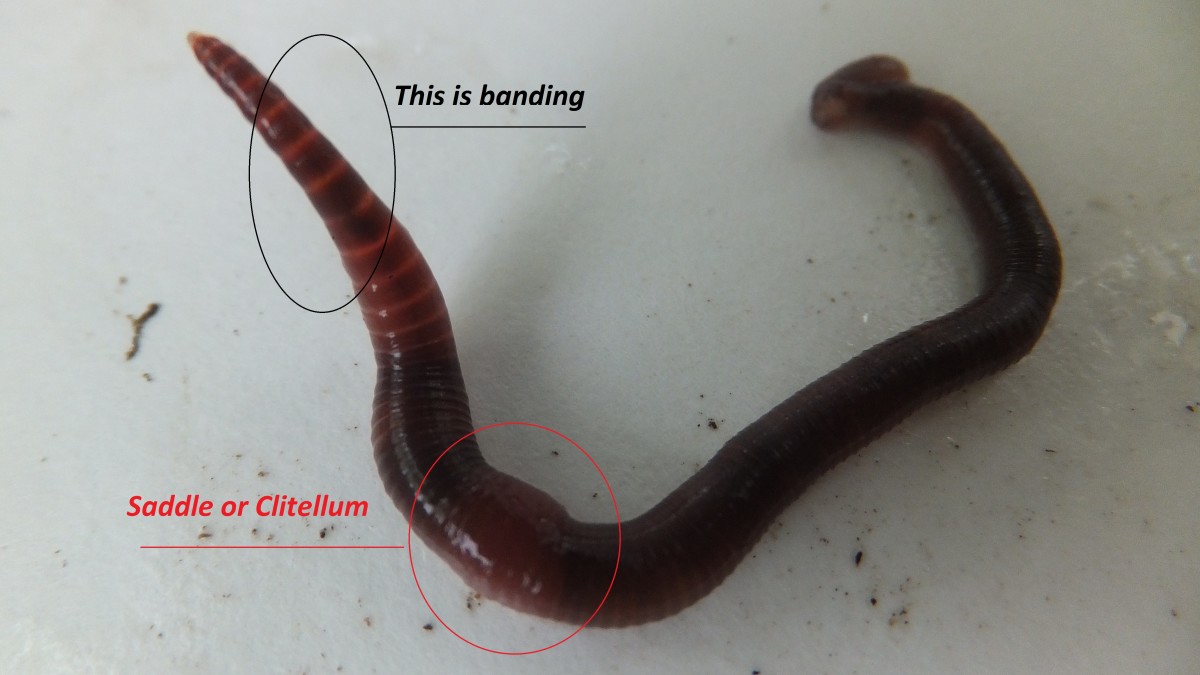Red Wiggler Worms - Crucial for Healthy and Effective Gardens
Red Wiggler Worms - Crucial for Healthy and Effective Gardens
Blog Article
Red Wiggler Worms Demystified: Unlocking the Tricks of Vermiculture for Greener Living and Nutrient-Rich Dirt
In the realm of lasting techniques for improving dirt top quality and promoting eco-conscious living, red wiggler worms play a crucial yet commonly overlooked duty. These simple creatures have the remarkable ability to change natural waste into nutrient-rich spreadings that work as a potent natural fertilizer. By diving right into the world of vermiculture, one can reveal a myriad of advantages that extend far past conventional composting techniques. Comprehending the complexities of taking care of these worms, enhancing their atmosphere, and utilizing their castings can lead to a greener lifestyle and much healthier dirt for plants to thrive.
The Duty of Red Wiggler Worms
Red Wiggler worms play an important function in composting systems by successfully damaging down raw material right into nutrient-rich castings. These starved eaters eat a selection of natural materials, such as kitchen area scraps, yard waste, and paper items. As they feed, the worms' digestion procedures damage down the organic issue into a fine, dark, and nutrient-dense product called worm spreadings or vermicompost.
The spreadings generated by Red Wiggler worms are very helpful for dirt health and wellness and plant growth. They are abundant in crucial nutrients like nitrogen, potassium, and phosphorus, which are essential for sustaining healthy plant growth. Additionally, worm spreadings consist of beneficial microbes and enzymes that aid improve soil structure, rise water retention, and enhance nutrient uptake by plants.
Benefits of Vermicomposting

It improves soil framework, improves dirt oygenation, and raises dirt wetness retention. Vermicompost likewise improves the soil with essential nutrients like nitrogen, potassium, and phosphorus, advertising plant development and total dirt fertility.
In addition, vermicomposting assistances lasting horticulture methods by providing a chemical-free and all-natural option to artificial fertilizers. Red Wiggler Worms. This eco-friendly strategy not just enriches the soil however likewise helps in reducing dependence on harmful chemicals, promoting a greener and more sustainable method of horticulture
Establishing a Worm Container
When developing a worm container for vermicomposting, appropriate configuration is vital to guarantee the success of the composting process. The first step in establishing up a worm container is picking a suitable container.
After adding the bedding, present the red wiggler worms to the bin. It is suggested to begin with a little number of worms and gradually raise as they increase. The worms should then be offered with food scraps such as vegetables and fruit peels, coffee premises, and eggshells. It is necessary to stay clear of adding meat, dairy, oily, or salted foods to stop drawing in pests and developing unpleasant smells.
On a regular basis keep an eye on the wetness degrees and temperature level in the worm bin to make certain optimal problems for the worms. With correct configuration and maintenance, the worm bin will successfully transform organic waste into nutrient-rich compost for your plants and garden.
Harvesting Worm Spreadings
To successfully gather nutrient-rich worm castings from your vermicomposting system, an organized harvesting approach is essential. When it comes time to gather the worm castings, there are a few vital actions to follow to guarantee a successful procedure. First of all, stop including fresh food scraps to one side of the worm container for a number of weeks prior to gathering. This urges the worms to migrate sideways with fresh bedding and food, making it simpler to scoop out the spreadings from the opposite side.

Troubleshooting Common Issues
Determining and resolving typical challenges that might emerge during the vermicomposting process is crucial for maintaining a healthy and balanced and productive worm bin. One usual problem that vermicomposters experience is overfeeding. Adding excess food scraps can result useful site in an accumulation of dampness and level of acidity in the worm container, potentially hurting the worms. To stop this, feed the worms in moderation, making certain that the food scraps are appropriately broken down before adding extra. An additional issue is undesirable smells originating from the worm bin. Foul smells indicate anaerobic problems, typically brought on by overwatering or inadequate air flow. To correct this, readjust the dampness degrees by including completely dry bed linen materials like shredded paper or cardboard and rise aeration by turning the bed linens find here regularly.
Furthermore, if the worm populace is decreasing or the worms appear undesirable, maybe as a result of environmental stress factors such as extreme temperatures or pH degrees. Checking these variables and making essential modifications is essential for the health of the worms. By troubleshooting these common issues quickly, vermicomposters can make sure a smooth and successful vermicomposting process while preserving a thriving worm population.

Conclusion
To conclude, red wiggler worms play a critical duty in vermiculture by breaking down organic matter right into nutrient-rich soil. The benefits of vermiculture include greener living and boosted soil quality. Setting up a worm bin is crucial for successful vermiculture, and collecting worm castings provides useful compost for horticulture. By comprehending and troubleshooting common issues, individuals can open the tricks of vermiculture for sustainable living and healthier dirt.
As they feed, the worms' gastrointestinal procedures damage down the organic issue right into a penalty, dark, and nutrient-dense product known as worm spreadings or vermicompost.
The spreadings generated by Red Wiggler worms are very beneficial for soil health and plant development. check these guys out Adding excess food scraps can lead to an accumulation of wetness and acidity in the worm container, possibly damaging the worms.In addition, if the worm population is declining or the worms show up harmful, it could be due to ecological stressors such as severe temperature levels or pH degrees. Setting up a worm container is vital for successful vermiculture, and collecting worm spreadings provides valuable compost for horticulture.
Report this page